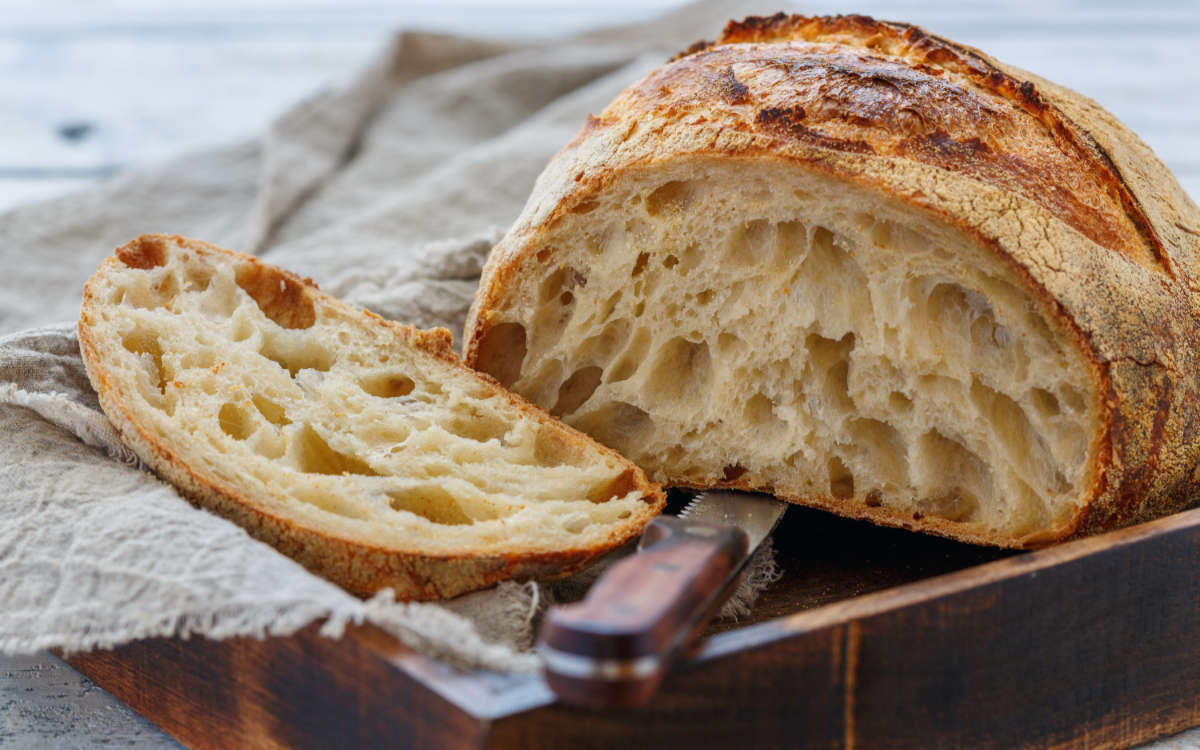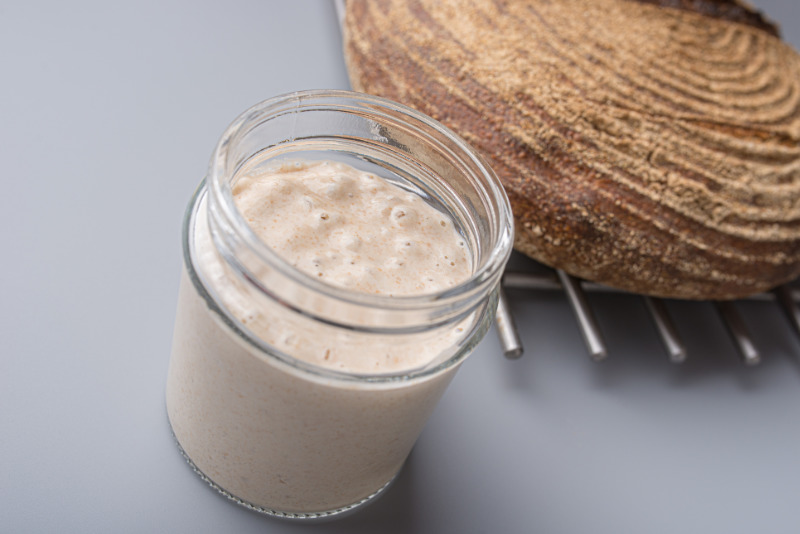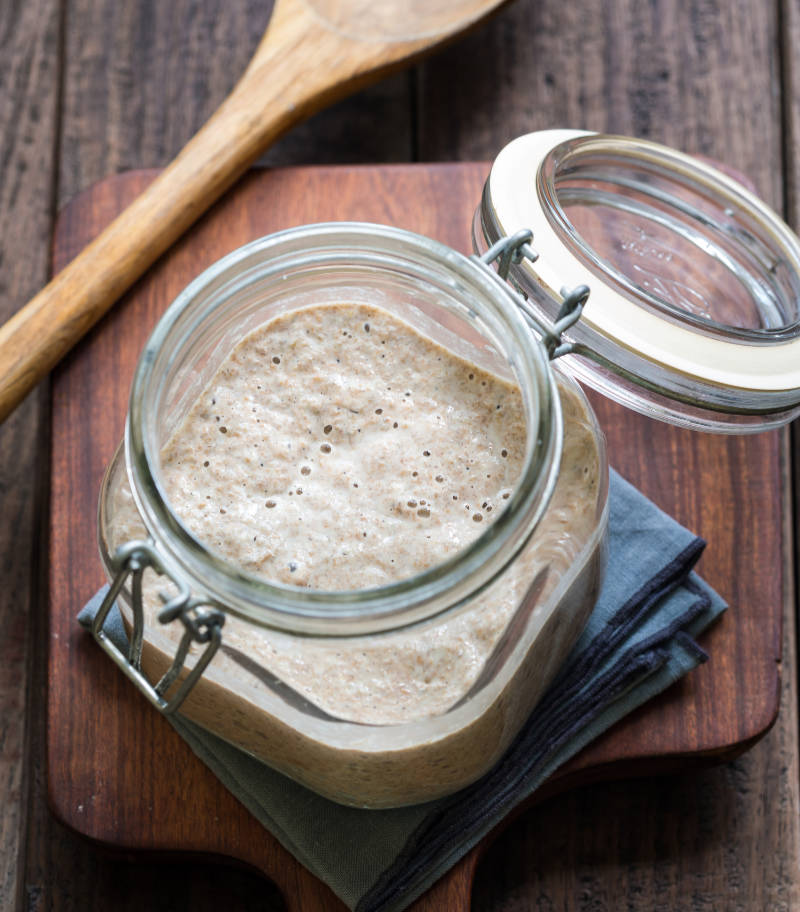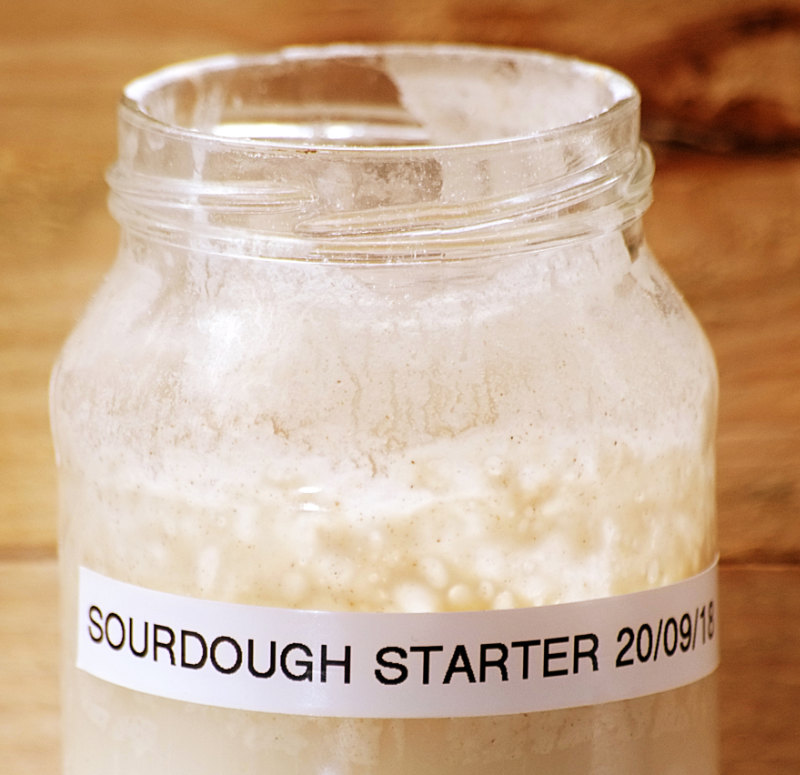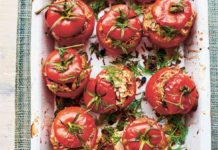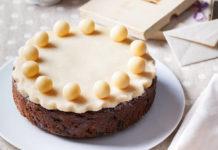Once upon a time, all bread was sourdough. It wasn’t until the rise of commercial yeasts, which sped up the bread-making process, that sourdough (and its slow and labour-intensive natural yeast), took a back seat.
But sourdough is enjoying a resurgence during the current coronavirus crisis with novice bakers taking to social media to showcase their breakmaking skills during lockdown.
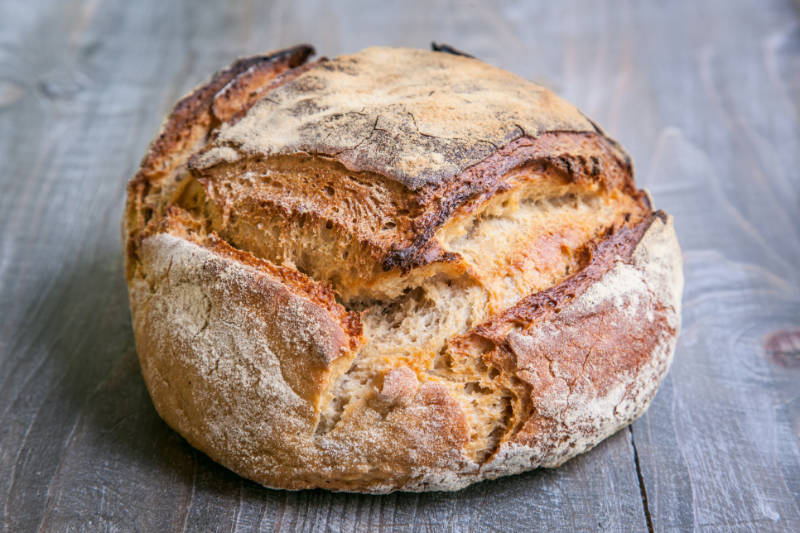
Norwegian Martin Fjeld knows all there is to know about sourdough – he literally co-wrote the book (Sourdough) with fellow baker Casper Lugg and believes anyone can make good sourdough “with time and attention”. Here he tells us why we should be eating it and what we need to make the perfect loaf.
Why is sourdough so popular?
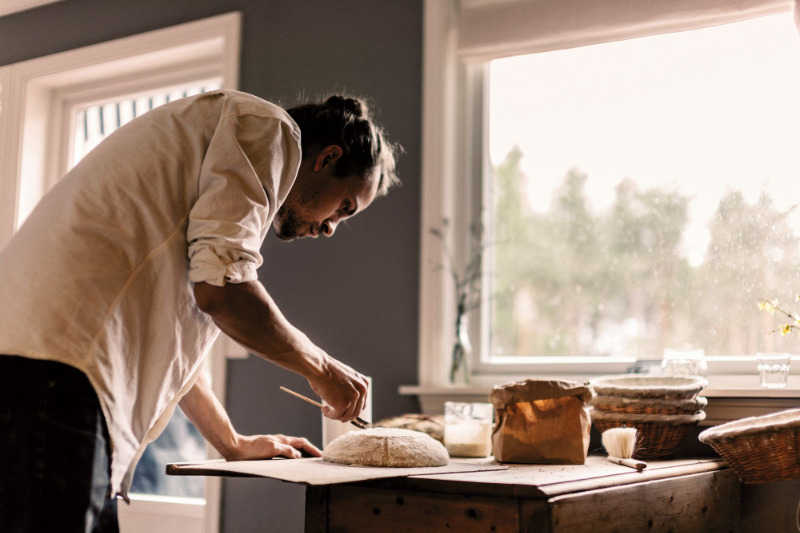
Martin started baking sourdough when he realised it was both healthier and tastier than normal bread.
For him sourdough follows processes that are thousands of years old and he thinks it’s time to reject the new way of doing things, which champions speed and efficiency over quality: “There was a reason people were doing it like that for thousands of years.”
Martin says: “The health aspect is, of course, one side to it. People want to eat more wholesome and I think they find that in the old ways of doing things.”
There’s more to sourdough than easy digestion. You’ll also find a range of vitamins and minerals, as well as proteins and fatty acids. If you’re patient and good at following recipes, homemade sourdough can be a cheap and healthy addition to your daily diet.
What equipment do you need to make a sourdough loaf
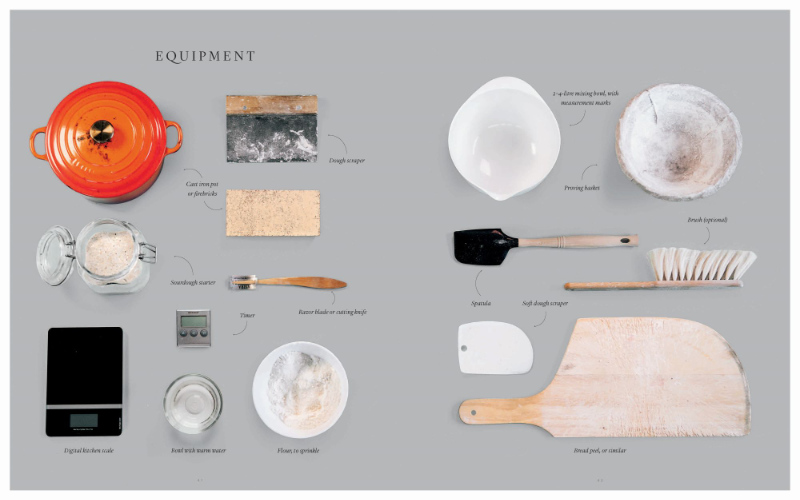
“It’s important to have the kit, but none of it is expensive,” says Martin. “You really don’t need a mixing machine or something like that. All you really need is a bowl and I would recommend people use a digital weight just to know exactly how much you put in.”
A digital scale, a proofing basket, loaf pan, metal dough scraper, mixing bowl and jam jar or pot also makes sourdough breadmaking easier.
What is a sourdough starter?
To bake sourdough, you need to make what’s called a ‘sourdough starter’ – a mixture of flour and water that’s left at room temperature until it’s begun to ferment and become what Martin calls “a seething culture of yeast spores and lactic acid bacteria”.
How to make a sourdough starter
To make your sourdough starter, you just need flour, water and a container – a bowl, pot or jam jar – to put them in. You can use most flours for getting your starter going, but bread and rye flours work best. Martin also advocates that you use the best ingredients you can find: “Flour is an important part of a good loaf. Stone ground flour is important as well in terms of flavour.”
Put a teaspoon of flour in your container with a teaspoon of water, mix, cover and leave overnight at room temperature. The next day, chuck half away (so it’s got enough food and won’t become too sour), then add another teaspoon each of flour and water. Repeat, then by day five you should have a bubbling, active starter ready to make bread with.
You can keep your starter in the fridge, if you’re not planning on bread making. Then bring it out the day before you need it, so it can warm up and begin bubbling again. Starters can live forever if you keep feeding them.
How long does it take to make a sourdough starter
There’s a crucial fourth ingredient in making a sourdough starter – time. “It is time that allows the flavours of the grain to mature, which gives the bread its unique quality,” says Martin.
It takes about a week – and some feeding with more flour and water – for your starter to grow and bubble up in its container, ready for you to start baking with it.
“You just have to push the right buttons and you will get a good loaf,” says Martin. “So it’s more about the shaping and, all the time, techniques. It’s about learning the fermentation process and understanding that it’s a living organism that works for you, and figuring out when to start and when to stop.”
Tips fo sourdough success
If successful, a sourdough loaf worth its weight in flour, salt and water should test even the sharpest of bread knives with its thick crust. As Martin puts it: “In a well-fermented loaf, you will see that by a deeply caramelised crust. Almost burnt, with a really, deep, crackling and crispy crust.”
Tip 1: Cut back on your kitchen cleaning regime if you want a bubbling, biodiverse starter. The more hygienic your kitchen, the less active your starter so avoid using lots of bleach to clean surfaces. You can even use your hands to mix your flour and water starter as there’s yeast on your hands which will help activate the mix.
Tip 2: Sourdough is a natural preservative, a loaf of the stuff will last much longer than your average fresh-baked bread (roughly five to six days). Sourdough freezes really well too.
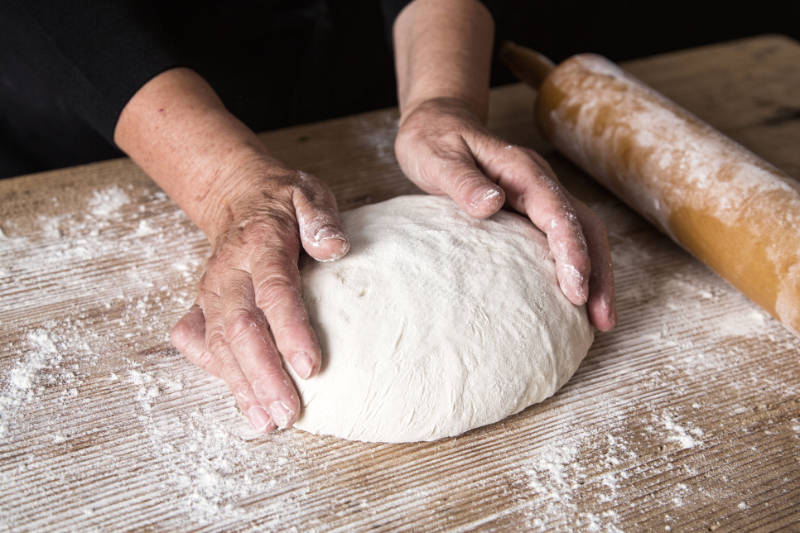
Tip 3: Be tough on your dough when it comes to kneading it. But be careful not to over knead your sourdough, as you’ll end up with a rock-hard loaf. A well kneaded dough is stretchy, elastic and should bounce back when you poke it.
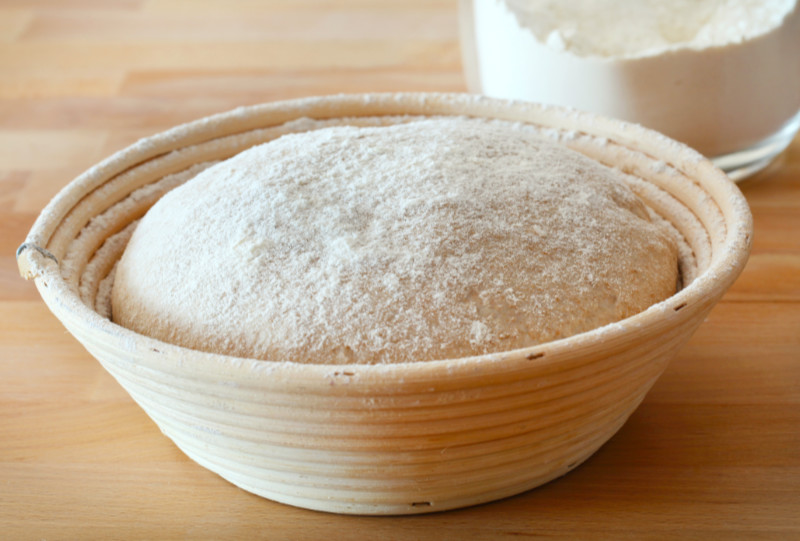
Tip 4: Proving baskets are not necessary but they leave lovely imprints in the bread. Remember to flour them liberally or your dough will get stuck especially as sourdough tends to be stickier than yeasted dough.
Tip 5: Although Martin doesn’t hate bread-making machines, he does believe that the best sourdough loafs are mainly made with hand mixing, but adds: “As long as you use good flour and if you’re able to naturally ferment it, then that’s going to be tasty. It doesn’t really matter to me how it’s made. That’s a good loaf.”
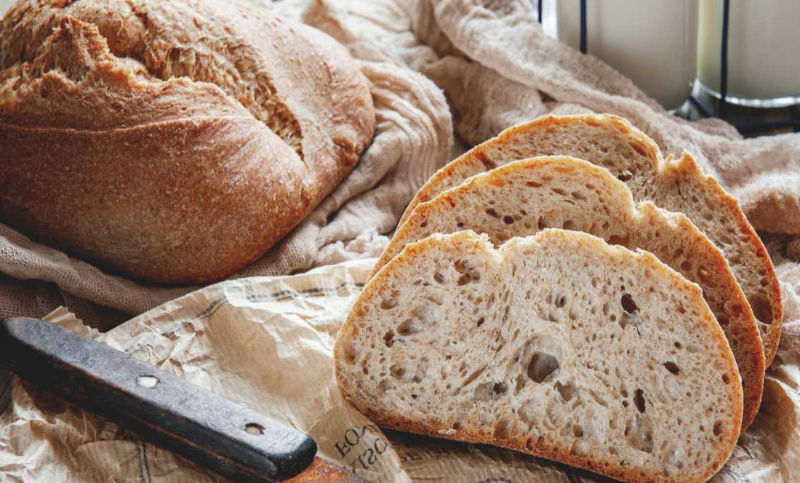
Sourdough fails
Martin’s book explores several ways things might go wrong and how to avoid them. He believes the secret to avoiding sourdough disasters is all in the recipe. His first loaf, he said, looked like a cannonball, but he was soon baking like a pro.
Here’s a couple to watch out for…
1. Flat dough: Dough can go flat if you’ve let it ferment for too long, as the dough no longer has enough strength to rise. You can avoid this by making sure your fridge is cool enough. If the problem persists, lighten the leaven (use less yeast).
2. Sticky dough: If the dough is sticking to the proofing basket, it might mean your dough is too wet.
Sourdough by Casper André Lugg and Martin Ivar Hveem Fjeld is published by Modern Books.
Wise Living Magazine may receive a small commission to help support the running of this site from purchases made from links on this page. Affiliate links do not influence our editorial or articles published by Wise Living.























































